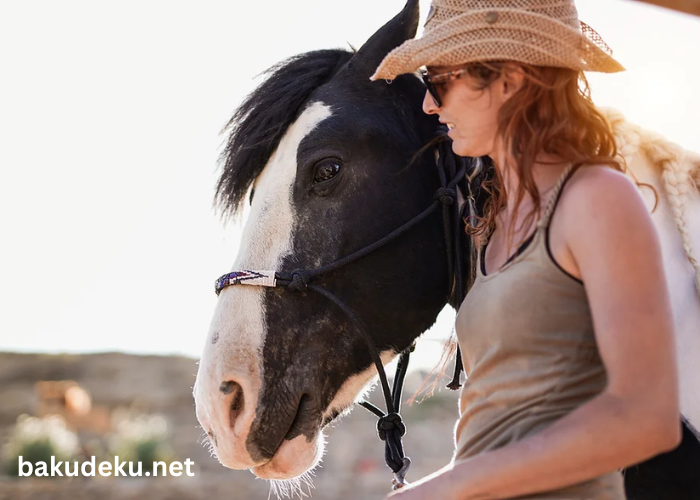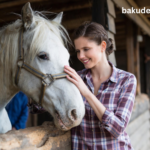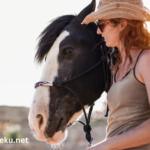Horses have captivated human imagination for centuries, serving as companions, workmates, and symbols of power and grace. Understanding equine behavior is crucial for anyone interacting with these magnificent animals, whether for leisure, sport, or work. This article delves into the nuances of horse behavior, offering insights into their social structures, communication methods, and the psychological aspects that govern their actions. Explore our collection of casa courses designed to enhance your home living experience. From DIY projects to home decor, we’ve got you covered.
The Social Structure of Horses
Horses are inherently social animals, thriving in herd environments where they establish intricate social hierarchies. In the wild, a typical herd consists of a dominant stallion, several mares, and their offspring. The stallion’s role is to protect the herd, while the mares often form the core social structure, managing the day-to-day dynamics.
The hierarchy within a herd is established through a series of interactions and subtle communications. Dominance is not solely about physical strength but also involves displaying confidence and leadership. Understanding this social structure is essential when introducing new horses to a group or managing herd dynamics to minimize stress and conflict.
Communication Methods
Horses communicate through a combination of vocalizations, body language, and subtle cues. Recognizing these signals is key to understanding their needs and emotions.
- Vocalizations: Horses use a range of sounds to communicate. Whinnies and neighs often signal distress or the desire to locate other horses. Nickers are softer and indicate affection or a greeting. Squeals can denote aggression or discomfort, particularly when new horses meet.
- Body Language: A horse’s posture, ear position, and tail movement are primary indicators of its mood and intentions. Ears pinned back usually signify anger or irritation, while forward-facing ears indicate interest or alertness. A swishing tail can suggest agitation or attempts to dissuade insects, while a relaxed tail typically means the horse is calm.
- Facial Expressions: Horses have expressive faces, and subtle changes can reveal much about their emotional state. For instance, flared nostrils can indicate excitement or fear, while a tight, clenched mouth might suggest discomfort or anxiety.
Psychological Aspects
Understanding the psychological makeup of horses involves recognizing their prey animal instincts. Horses are naturally wary and have a strong flight response. This instinctual behavior is vital for survival in the wild but can manifest as skittishness or anxiety in domesticated environments.
Building trust with a horse requires patience and consistency. Positive reinforcement, gentle handling, and clear communication help in establishing a bond. Horses respond well to routines and a calm, confident handler. Sudden changes or aggressive behavior can trigger fear responses, making it essential to approach training and interaction with empathy and understanding.
Training and Handling
Effective training hinges on a deep understanding of equine behavior. Natural horsemanship, a method emphasizing communication and mutual respect, has gained popularity. This approach advocates for working with a horse’s natural instincts rather than against them.
Key principles include:
- Consistency: Horses learn best through repetition and consistent signals. Mixed messages can confuse and frustrate them.
- Patience: Building skills and trust takes time. Rushing the process can lead to setbacks and stress.
- Respect: Mutual respect forms the foundation of a successful horse-human relationship. Recognizing and accommodating a horse’s fears and boundaries fosters a healthier, more productive interaction.
Conclusion
Understanding equine behavior is a multifaceted endeavor that enhances the relationship between humans and horses. By appreciating their social structures, communication methods, and psychological makeup, we can create a more harmonious and effective interaction with these magnificent creatures. Whether you are a seasoned equestrian or a novice horse enthusiast, these insights can help you connect more deeply with your equine companions, ensuring their well-being and enriching your experience.







